Watches and Formula 1 – Episode 3 – Mercedes AMG & IWC Schaffhausen
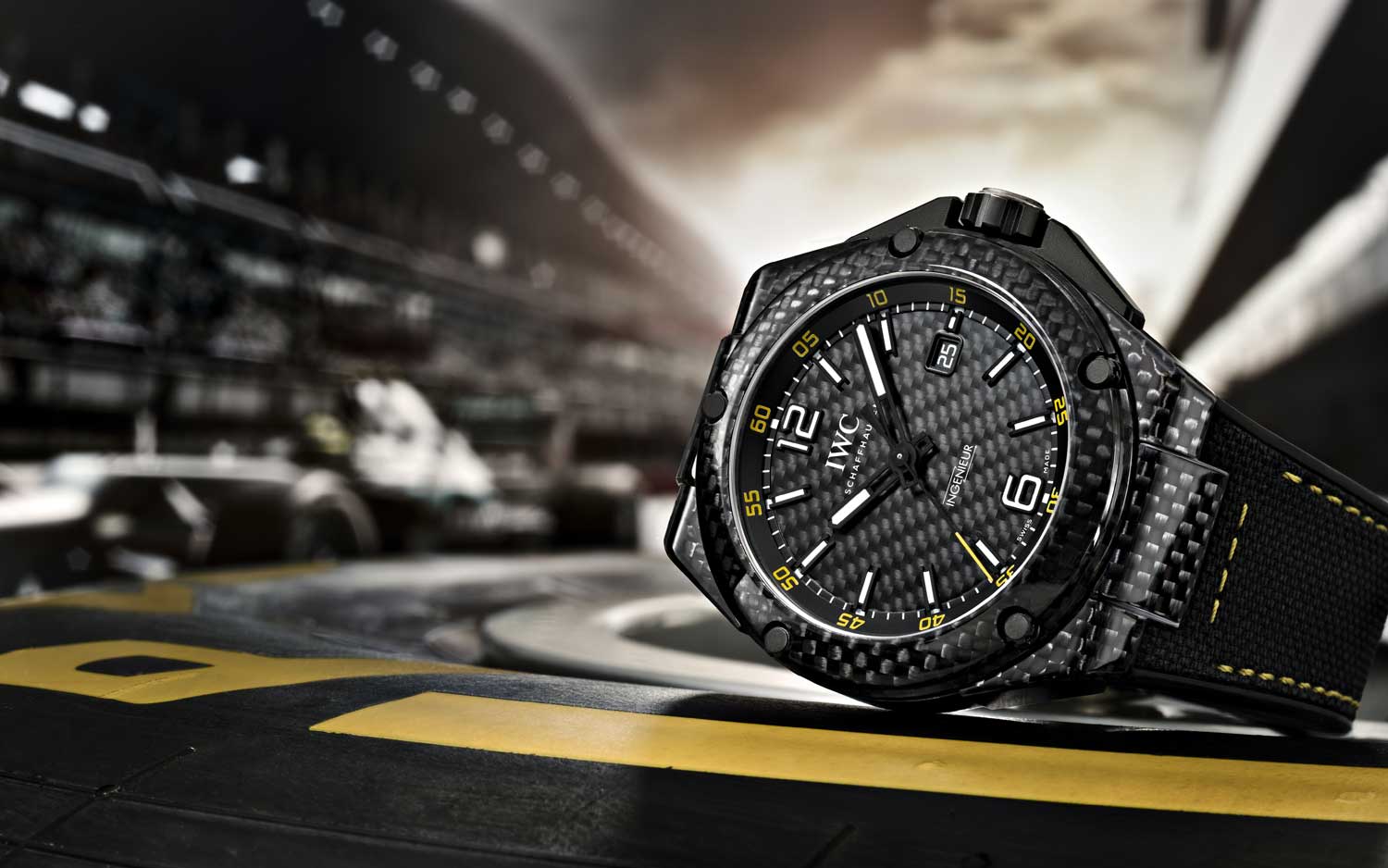
After a long hiatus over the summer, and the sometimes literal clash between Mercedes AMG F1 drivers Nico Rosberg and Lewis Hamilton reaches new levels race by race, it is time to look at the current leader of the pack for this third chapter in our Watches and Formula 1 series. Mercedes AMG F1 is the team that rose from the ashes of Brawn GP which in turn bailed out Honda Racing F1 Team. If you remember our first episode of this series, we covered the origin of motor racing, including the birth of Grand Prix racing and the start of Formula 1 in 1950. Coincidently, Mercedes played a major role in both of these! It just so happens that the German manufacturer teamed up with a Swiss Watchmaker from day one; IWC Schaffhausen!
Before we take a look at the fireproof-glove-covering IWC’s the team drivers Nico Rosberg and Lewis Hamilton wear during each Formula 1 Grand Prix, the team’s racing history is too interesting to be ignored. It features illustrious names, groundbreaking technology, disastrous accidents. It all started in 1909 though, with the Blitzen Benz. Sixteen of these were built, but only two survived. It was fitted with an incredible 21.5 liters 4-cylinder engine producing 200bhp. During its career, it broke several land speed records, including an average speed of 228.1 kilometers an hour over a full mile. Pretty scary considering the outside mounted chain drive used in these earliest of racing machines could easily snap and kill (and in some occasions decapitate) the driver in the process.
A 1929 Mercedes Benz SSKL
Following the birth of motor racing, Grand Prix racing was the epitome of the Pre-war era and was primarily held at closed beaches, road courses and the earliest of closed circuits like Brooklands and Monza. During this time the “need” for real heroes was high. Prior to the outbreak of WWII, the German regime heavily funded national carmakers to go racing, with Auto Union and Mercedes-Benz as the ultimate prizefighters against the Italian Maserati and Alfa Romeo. In the midst of all this were smaller manufacturers like ERA, Lagonda, Bentley, Talbot, Bugatti and many more. Both Auto Union and Mercedes-Benz ended up building some spectacular machines, that took an astonishing amount of skill and bravery to master. For instance, Auto Union (born out of the struggling Audi, DKW, Horch and Wanderer) raced their Type C. This monster was equipped with a massive 4.5 or 5.0 liter V16 producing up to 370bhp in the back, and weighed no more than 750kg to comply with regulations. These machines were raced in numerous variations and on numerous occasions like hill climbs, land speed record attempts, and of course Grand Prix Racing. I know this article is to cover Mercedes-Benz and IWC, but disregarding this important rivalry from the birth of German Grand Prix racing would be ignorant, so I hope you’ll excuse me.
Mercedes-Benz built and heavily raced the W25, the W125, W154 and W168, which all dominated much throughout the 1930’s and became known as the “Silver Arrows”. A name that is still around today. The story behind this is rather interesting too, and one that is riddled with a bit of controversy. It is said that the W25 had to comply with the 750kg weight limit in place at that time, but was 1kg too heavy for the 1934 Eifelrennen at the Nürburgring. So, as a solution, the engineers scraped the paint off of the aluminum body and saved just enough weight to comply with regulations. Shortly after this, they became known as the Silver Arrows and the name always stuck.
The “Silver Arrows” – Mercedes W25, W135 and W154
The controversial part is that Auto Union enlisted silver cars before that, and that Manfred von Brauchitsch drove a silver Mercedes Benz SSKL on the Avus track in 1932, which was referred to as the Silver Arrow in a live Radio broadcasting of the event. We’ll leave it at that, but if you want more info I suggest you turn to Google and dive into the memoires of Manfred Brauchitsch himself or Alfred Neubaurs’ biography.
During WWII the sport of motor racing was pretty much non-existent for obvious reasons. After the war, retired fighter pilots looking for the next thrill started to modify and race cars again, rebirthing the sport. The first ever Formula 1 regulated race was held in 1946 but it wasn’t formalized into a championship until a full year later. The first official Formula 1 race as part of this World Driver’s Championship was held at Silverstone, United Kingdom in 1950. The return of this highest level of motor racing didn’t see many new entrants besides the brands that were participating before the war, which meant that battles still ensued between Germany and Italy basically. The championship was dominated by the likes of Maserati, Alfa Romeo and Ferrari, driven to victory by racing legends as Juan Manuel Fangio, Alberto Ascari, Giuseppe Farina and Stirling Moss (the greatest driver of all time to never have won the championship, according to most people). In 1954, Daimler-Benz AG started campaigning their all new W196 race car, in a conventional open wheeled single-seater set up or sometimes in a less conventional streamlined (and thus closed wheeled) form. It came equipped with a straight-8 engine producing over 250bhp. It doesn’t sound like a lot but considering the very low weight 835kg, it was fast! The hugely successful car clinched the Driver’s championship that year, with Juan Manuel Fangio behind the wheel.
Stirling Moss behind the wheel of the 1954 / 1955 Mercedes Benz W196R
This success story came to an abrupt ending in 1955. During this year, the W196 was further developed and Fangio once again claimed 4 victories. A catastrophic crash and fire in the 1955 Le Mans 24-hour race, killing 83 spectators and the driver of the Mercedes Benz 300SLR resulted in Mercedes withdrawing from motor sports indefinitely at the end of the year.
It’s return to motor racing as a manufacturer only happened a few years ago, with the evolution of Brawn GP into the current Mercedes-AMG F1-team. Brawn GP already used Mercedes engines in their first and only active year in Formula 1, clinching both the Driver’s Championship and Constructors Championship. This feat was the first, and subsequently, last time a team managed to do so in its maiden year in the sport’s 60+ years of running! The rebranded team enlisted Nico Rosberg and F1-legend and 7-time World Champion Michael Schumacher (#keepfightingmichael) who returned after a 3-year break. The team got off the line with relatively good pace, but lacking the power and consistency to win races in their first year. Nico Rosberg managed to get on the podium on three races though, all in third place. The following years things slowly started improving with wins in Monaco and China for Nico Rosberg, and after Lewis joining forces in 2013. 2014 and 2015 showed utter dominance from the German team, and things are really not all that different in the current season.
Things have been heating up though as the difference between Mercedes GP and their biggest rivals of Ferrari and Red Bull are smaller than before so we see a lot more exciting races. And when things start to heat up even more, the occasional hair-raising fights and tangle between the two teammates (Barcelona, Austria, Spa Francorchamps last year).
With all this drama going on and off track we get to see a lot of the two drivers and the team itself. Lots of on-board images, lots of interviews, press conferences and of course lots of podium footage. One of the things that always strikes me from the beginning of the partnerships, are the gloves both drivers use. Normally not the most interesting element of their gear, but as Mercedes GP is involved with IWC as a sponsor, they decided to plant a clunky Big Pilot on there for good measure. Every single time we see on-board shots of Lewis or Nico, and they happen to turn right, you can see the IWC Big Pilot, probably the most iconic or at least most recognizable IWC out there.
Being all about weight saving and optimal efficiency and balance, it would seem impossible to strap on a real Big Pilot so this is a cool and creative solution to still have your product aired in millions of homes. Same goes for Rolex, Hublot and others but sticking your icon on a glove is something no other brand thought of and is an innovative solution of product placement. Of course the Big Pilot is a pilot’s watch (…) and you could consider an F1 driver something of a pilot considering the speeds at which they throw their machines around, but it is not a collection dedicated to the world of motorsports.
Lewis Hamilton together with Georges Kern, CEO of IWC
Unlike previous collaborations between F1 teams and watchmakers, IWC can be considered a relatively quiet partner. Of course they spend time and attention to their partnership but at least it is not a shouty, limited edition galore we see. No, IWC decided to go with their (equally iconic) Ingenieur collection to display their partnership. IWC introduced the Ingenieur way back in 1955 already, in an eerie coincidence perhaps, and it is as recognizable as the Big Pilot or Portugieser if you ask me, and with the legendary Gerald Genta designing the 1973 Ingenieur SL, it is a collection with some real history and legend. It is considered as one of the icons of early luxury sport watches, and rightfully so.
The original Ingenieur has little to do with the current collection anymore, but it has been chosen as a platform for some Lewis, Nico and Mercedes inspired pieces. We’ve covered both the driver’s Limited Editions back in 2014 when IWC introduced the Ingenieur Chronograph Limited Editions for both Lewis and Nico, in a run of 250 pieces each. Titanium case and bracelet, carbon fiber dial and white hands and markings are elements for Lewis’s watch, where Nico chose a titanium case with textile strap and a silver plated dial with black and yellow touches. Both watches had a special carbon fiber “coin” in the caseback with the driver’s personal logo’s. Another example of an F1 derived watch is the unique (as for Only Watch 2015) Ingenieur Automatic Edition Tribute to Nico Rosberg. This creation featured a blackened case, with carbon fiber dial and green touches similar in color as the green on the cars. The distinctive green shade comes from the Petronas Petroleum logo, Mercedes AMG F1 prime sponsor.
The Ingenieur collection consists of more than just Rosberg or Hamilton inspired watches, as there is also a Rudolf Carraciola commemorative watch, W125 tribute and a Silberpfeil version. Full on, car inspired watches with touches of the famous race cars of a bygone era.
If you look closely to interviews, shoots, podium ceremonies or events where Nico Rosberg and Lewis Hamilton are the center of attention, you can see them wearing more than just IWC Ingenieurs. Both can be seen wearing various Aquatimer and Portugieser models but naturally the Ingenieur is the most befitting collection of the IWC range.
As the season is reaching its climax with only 5 races to go and Lewis just took a horrible DNF square on the jaw, it remains to be seen who clinches Mercedes AMG F1’s third consecutive Driver’s Championship. Will it be Lewis after another amazing recovery, or will it be Nico’s first? All remains to be seen as a lot can happen during each 300km race! By the end of next month, all shall have revealed itself.

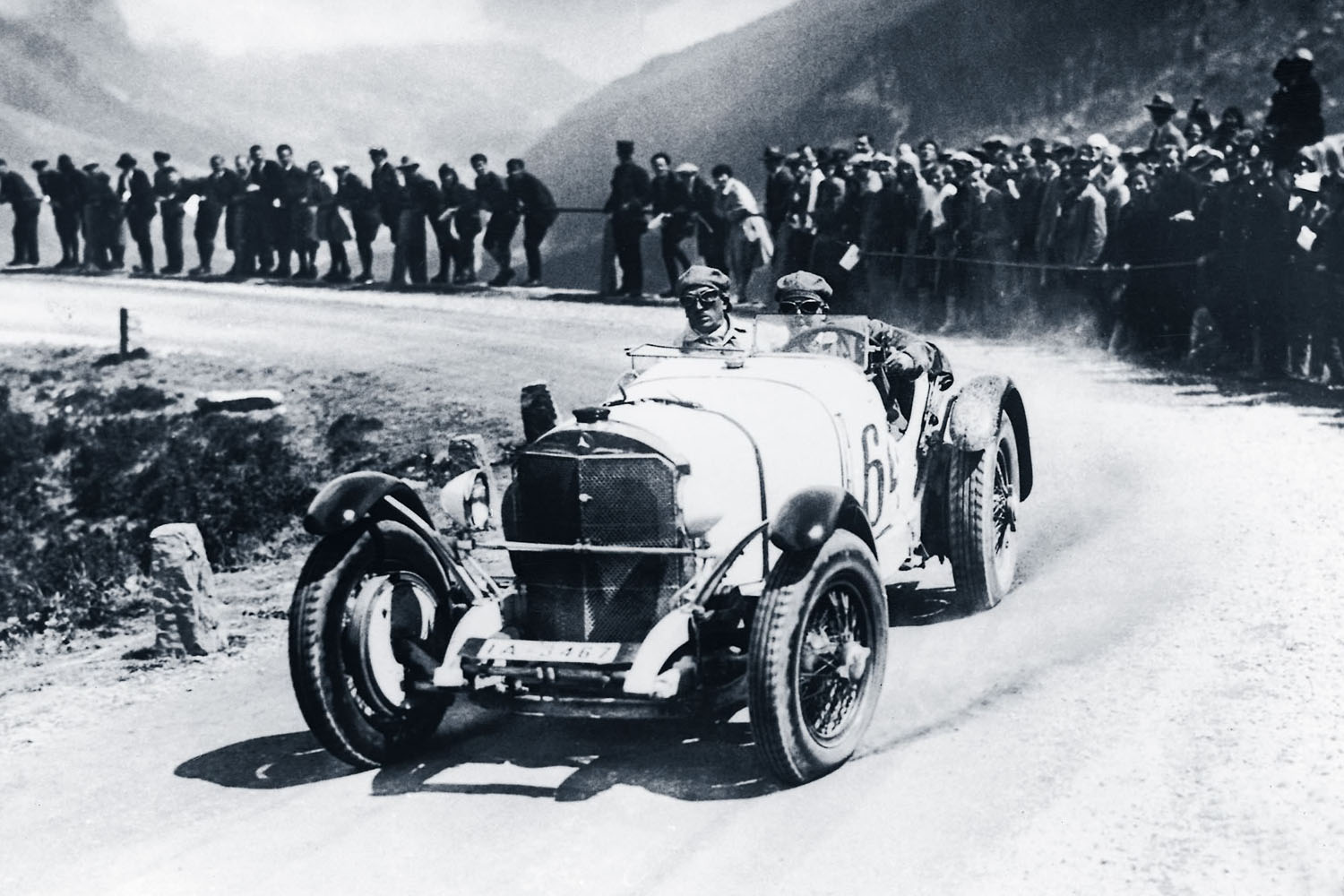

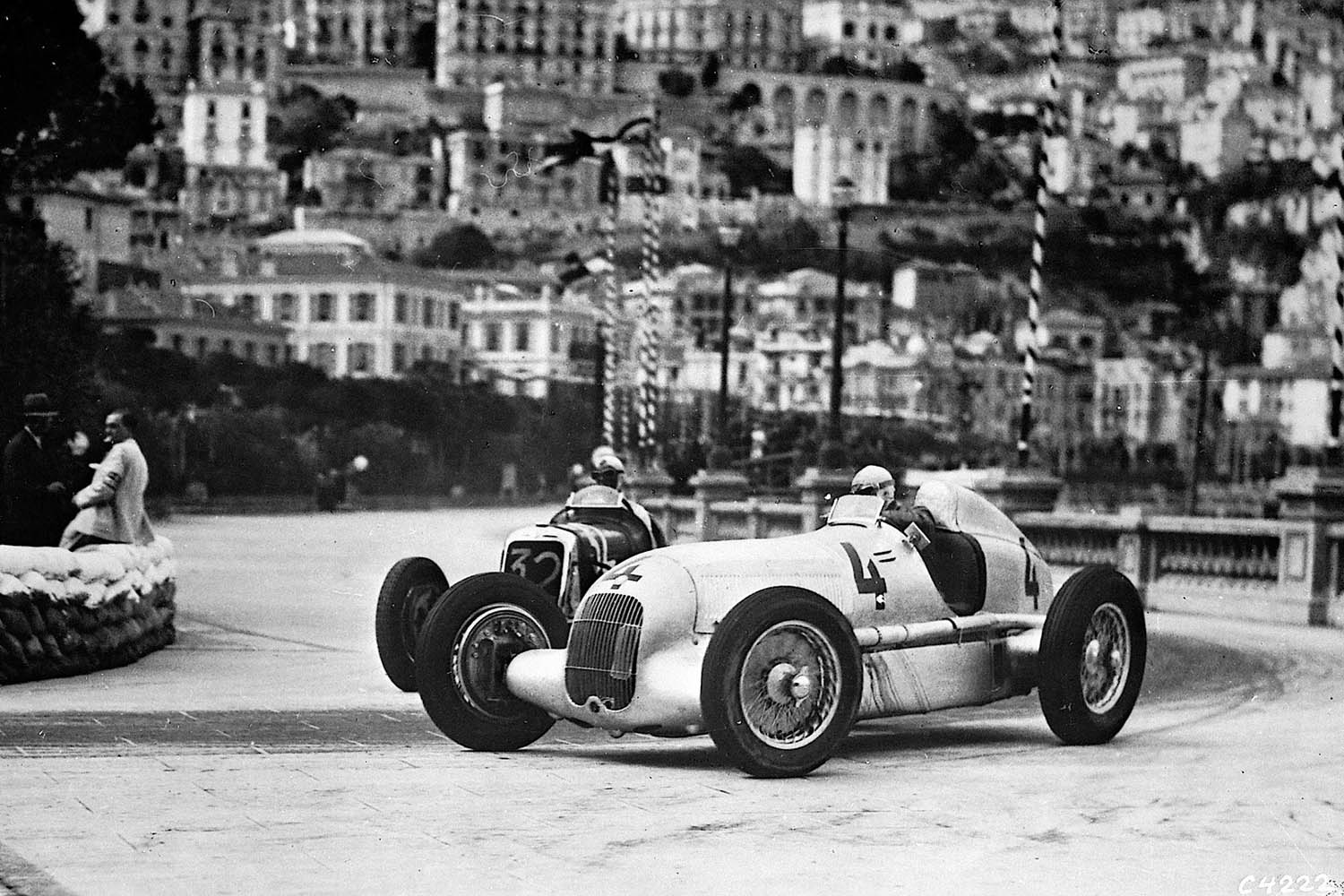
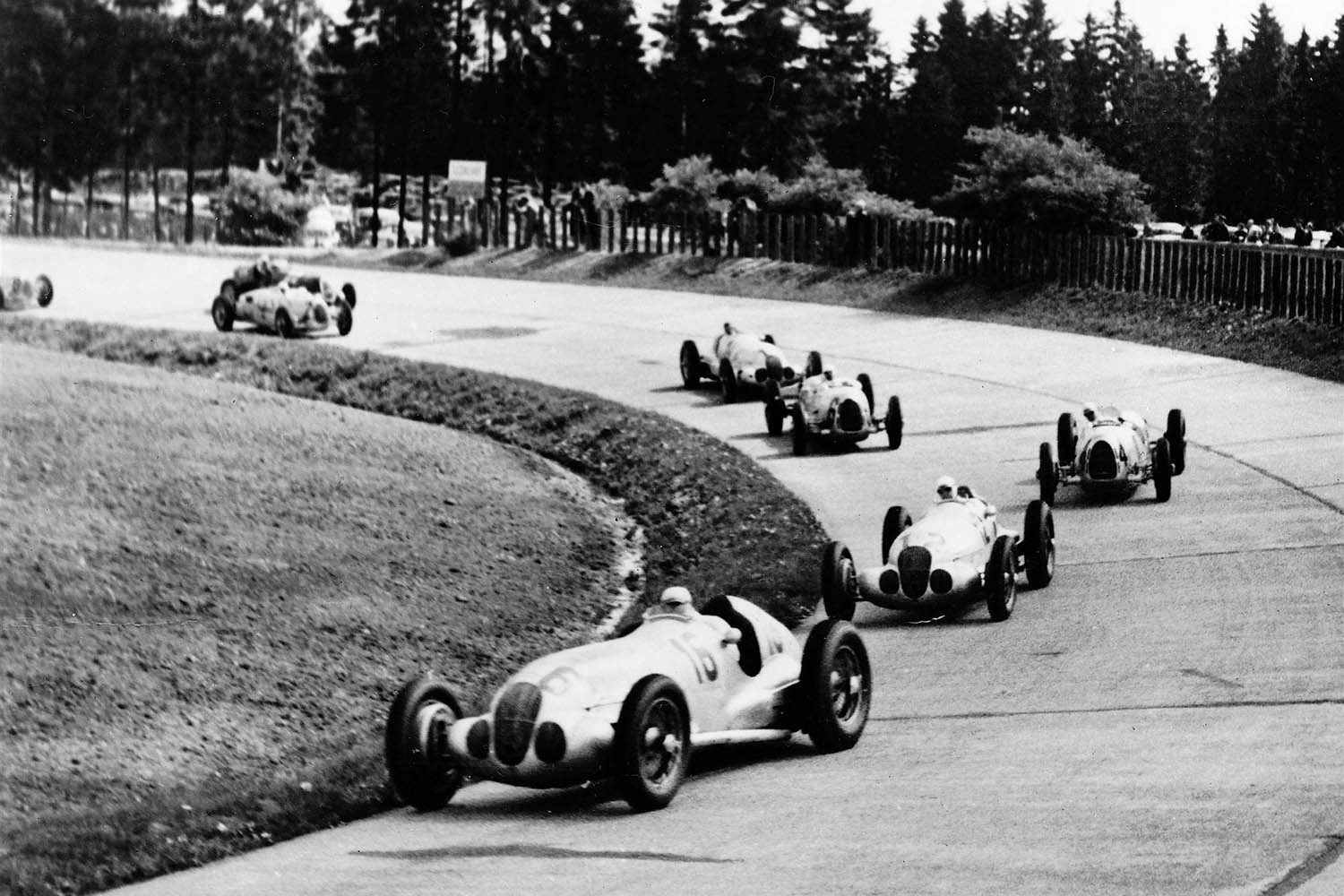
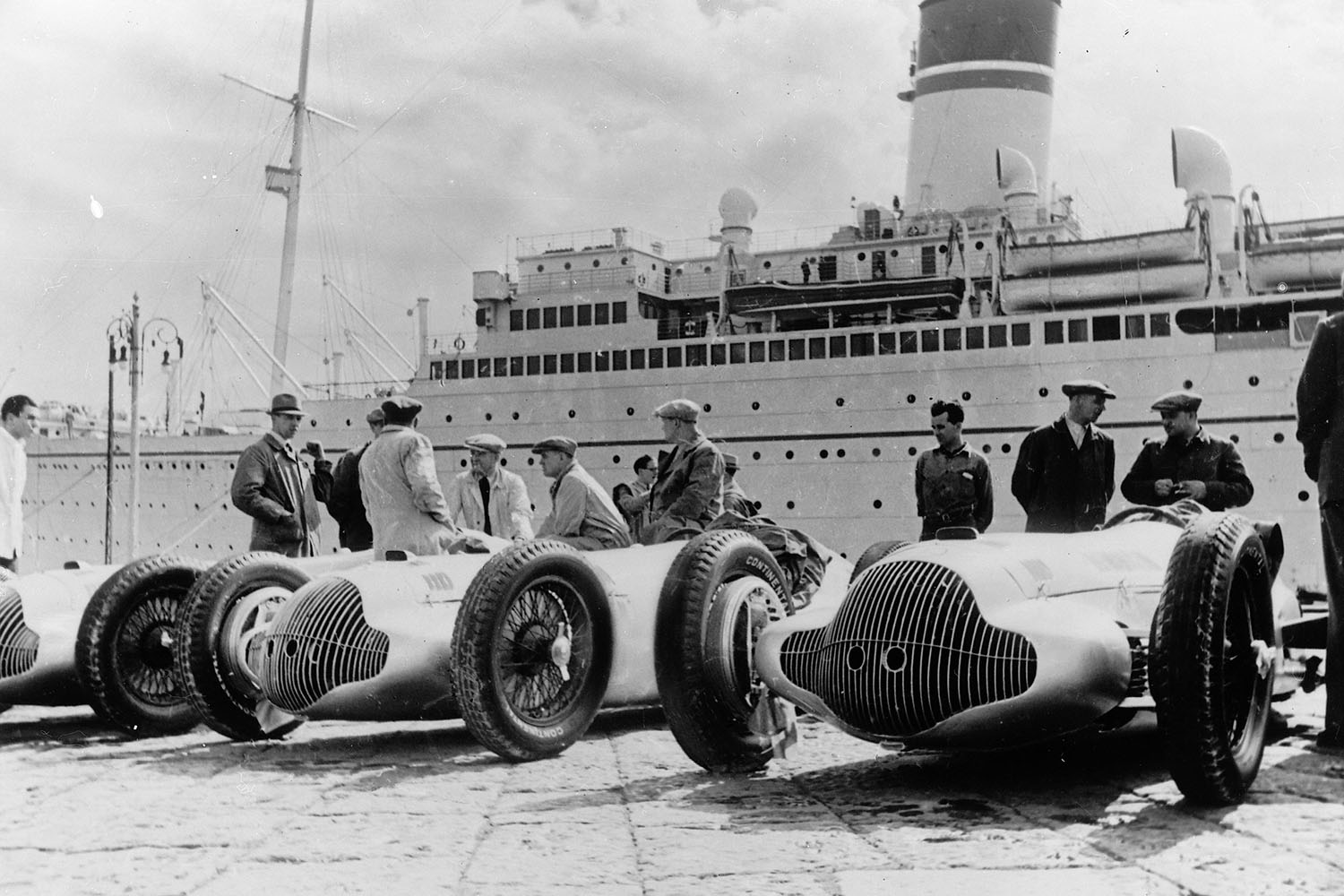
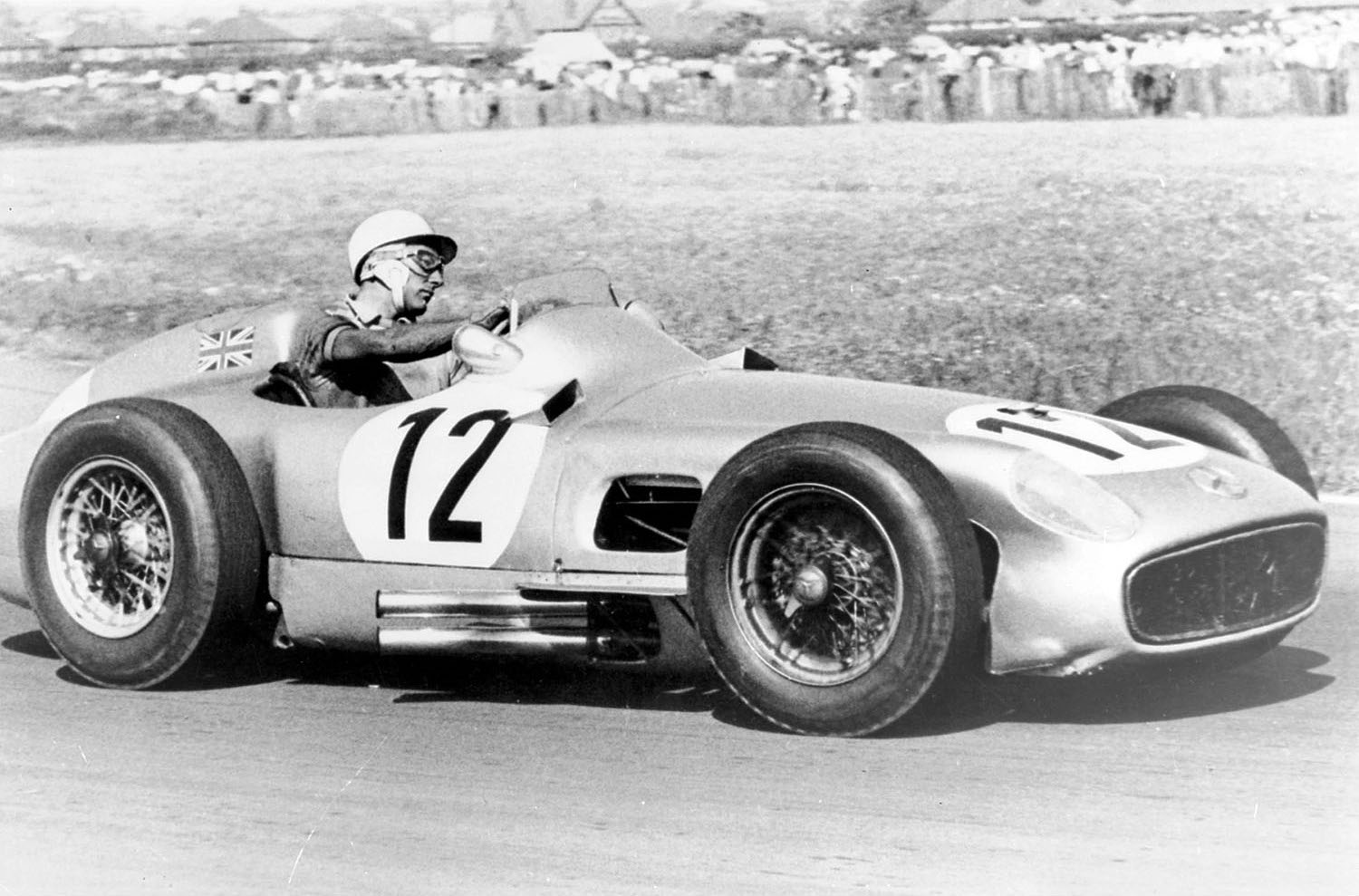
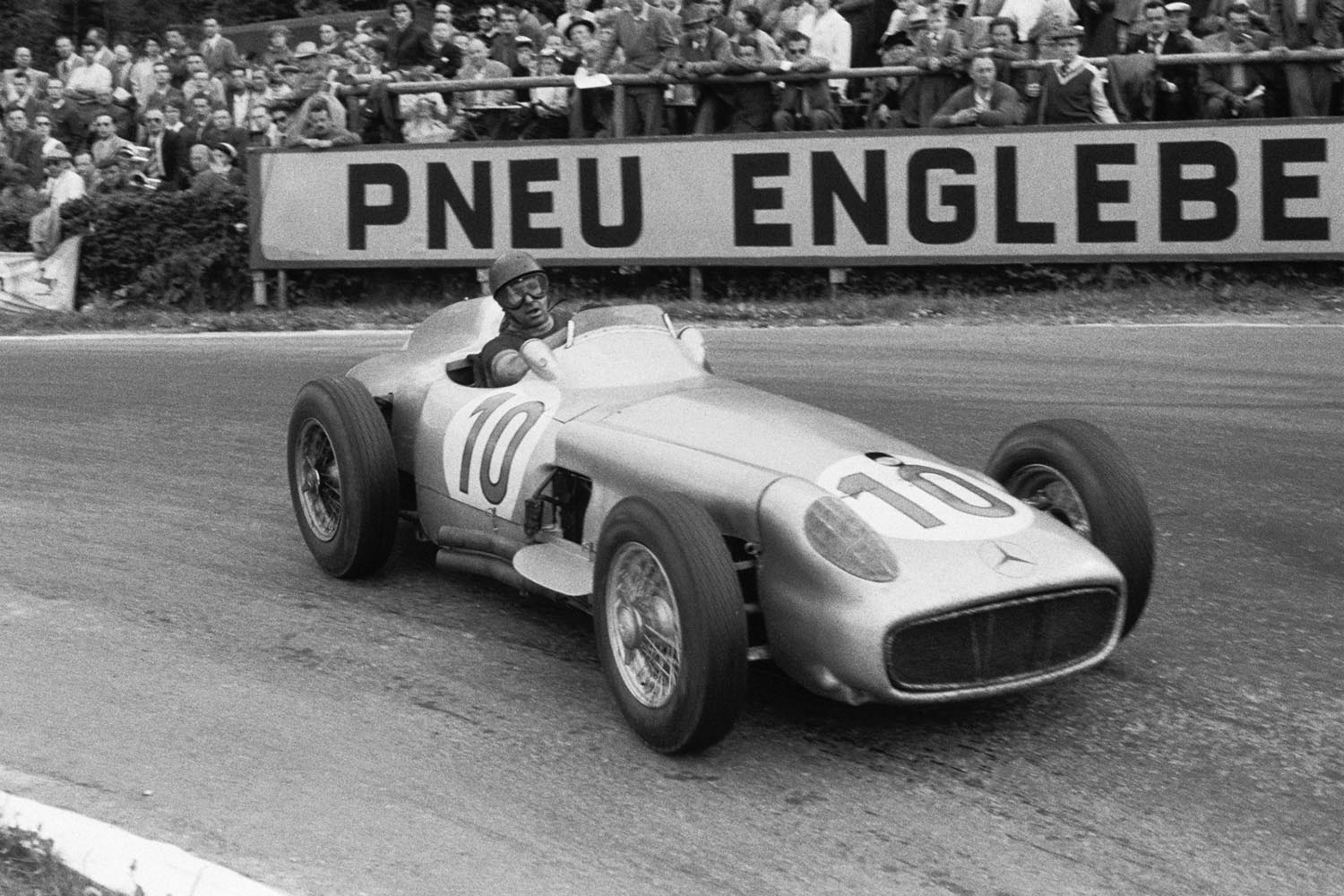

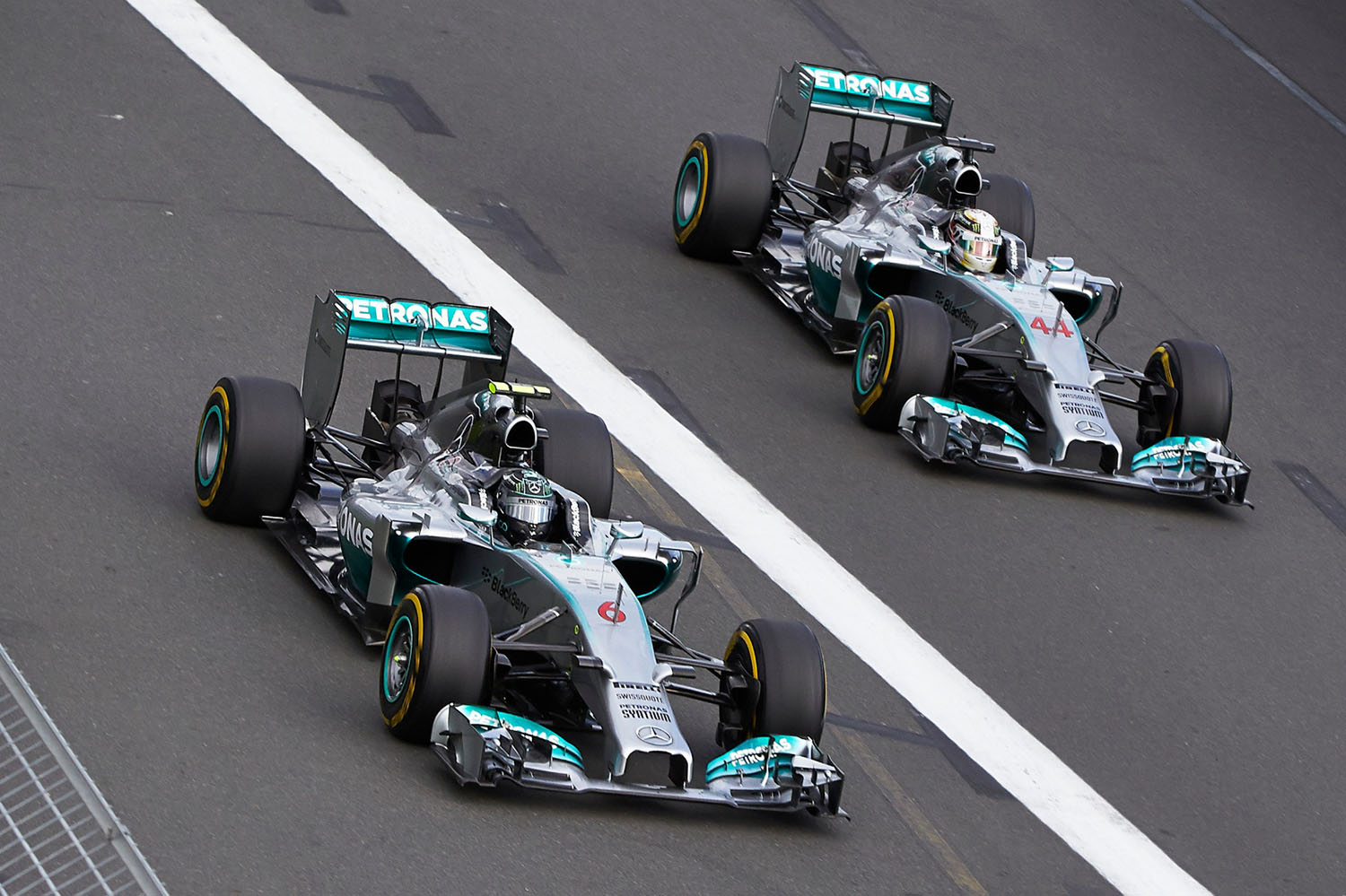


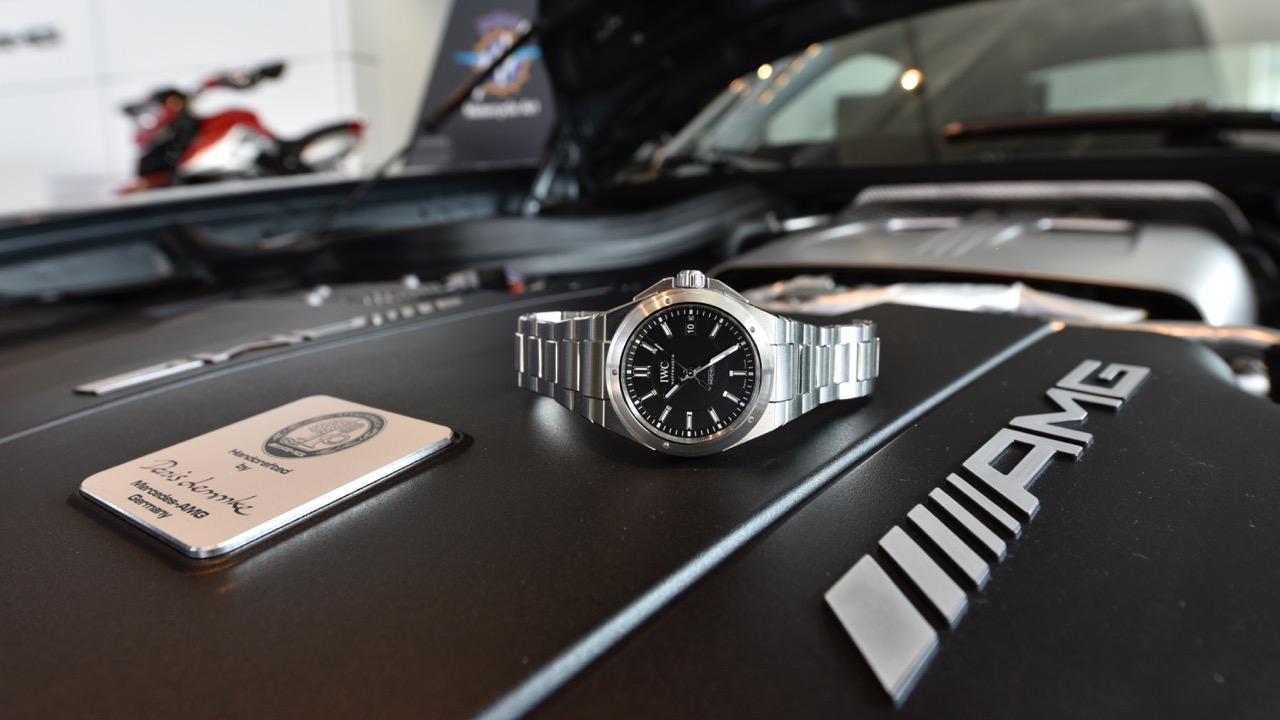
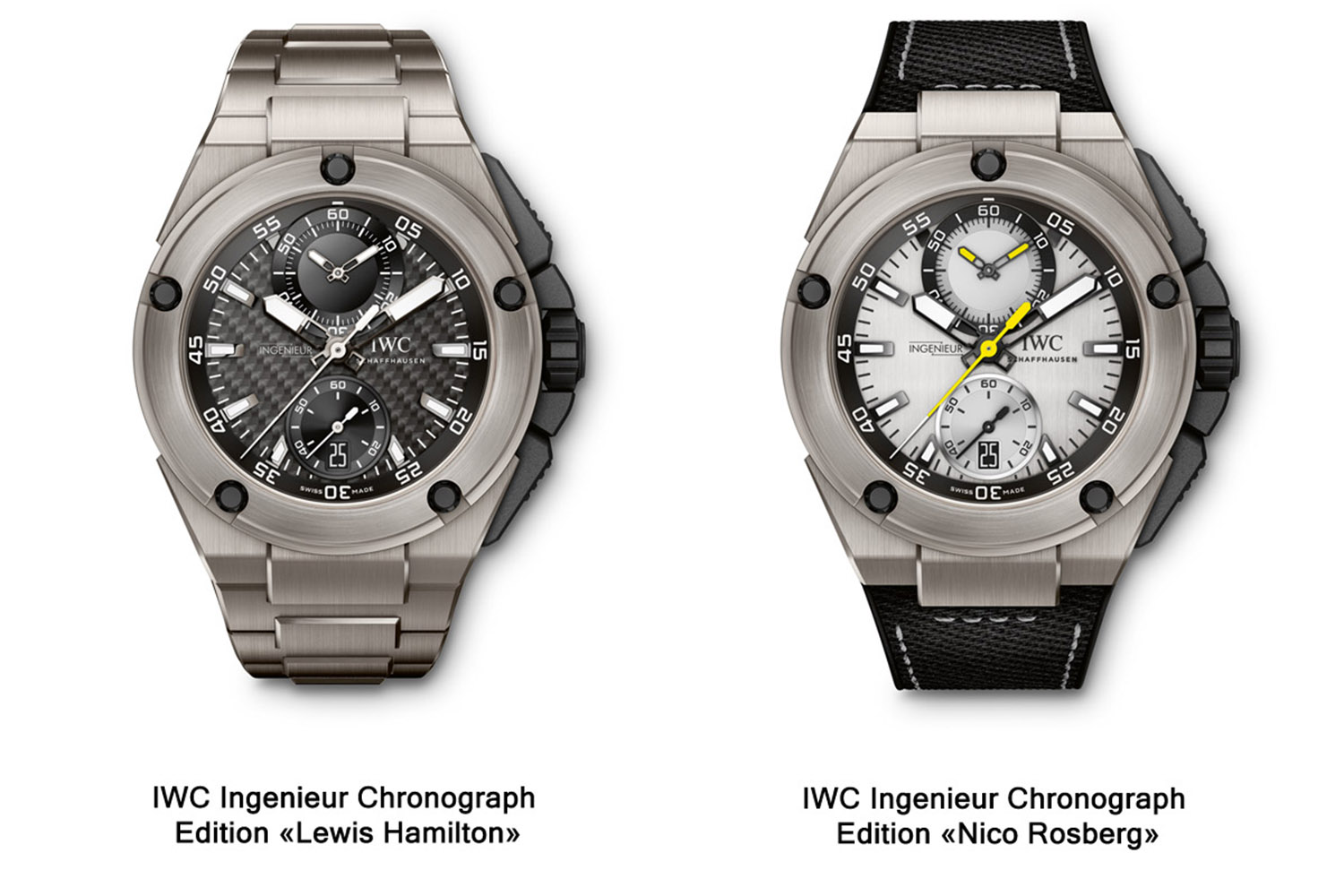
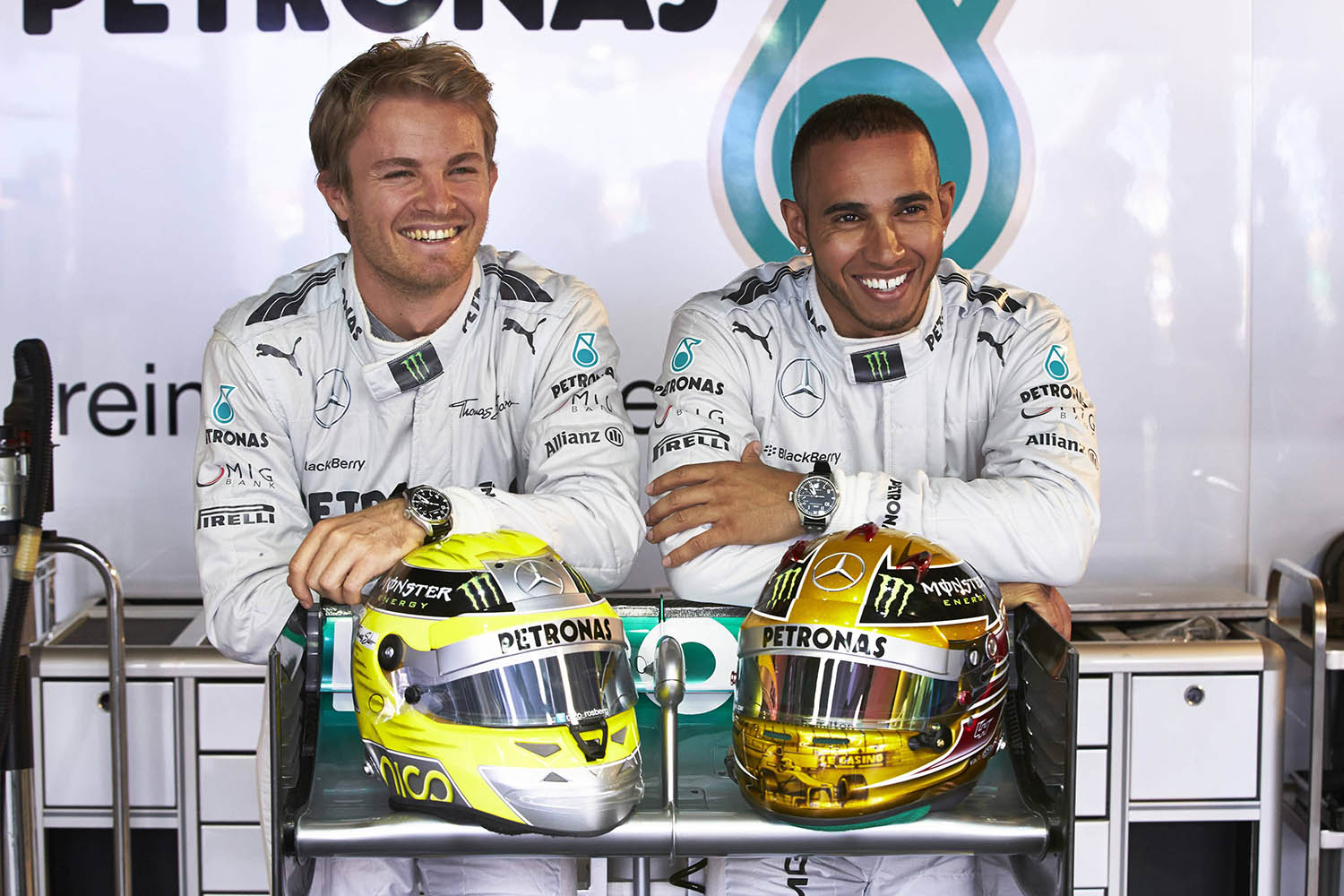



1 response
I think both guys are wearing Big Pilots in the photo immediately above.